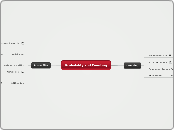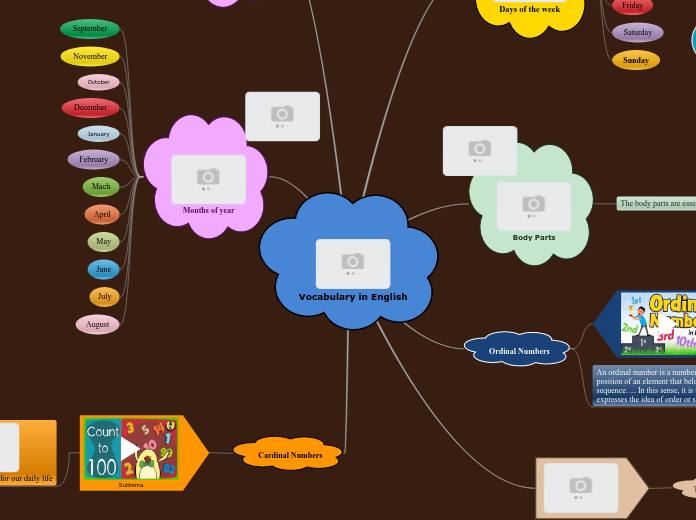Maths
Percentages
To work out a change in
value as a percentage
increase or decrease
To use a multiplier to
calculate a percentage
change
To write one quantity as
a percentage of another.
Probability
To reconise mutually exclusive
and exhausted events
Exhausted
All of the possible outcomes
Exclusive
Outcomes that cannot occur together
i.e. when you roll a dice you cannot get
a 1 and a 6 together as they are mutually
exclusive
Subtopic
Geometry
To construct a right angled triangle
Draw a 4cm line labeled A on the right and B on the left
Then extend AB another 4cm to the left so that B in the mid-point and label the left point X
Put your compass on B and set it to over half way to A and draw an arc labeled Z
Then do the same towards X labeled Y
At the same radius draw 2 arcs with the centres at Y and Z
Label where the two arcs intersect C
Draw a line from C to B
Draw a line from C to A
To construct a perpendicular line from a given point
Set your compass to a suitable radius to draw 2 arcs from the given point to intersect with the given line
Draw those arcs and label the points where the 2 arcs and the line meet X and Y
At the same radius draw 2 arcs with the centres at X and Y
Draw a line from where the two arcs intersect to the given point
That line is perpendicular to the first line
To construct an angle bisector
Put compass where the two lines in the angle meet at any radius and draw a semi-circle
Label the place where the semi-circle and lines meet Y and X
With the compass at any radius put the centre on Y and draw an arc
Then do the same on X
Draw line from where the two arcs meet to the place where the two lines of the angle meet
That line is the angle bisector
To construct the mid-point and the perpendicular bisector of a line
Put compass on a point of line
Set the radius to bigger than half the line
Draw semi-circle
With compass at the same radius, do the same at other point
Draw line from the two points where the arcs meet
Perpendicular Bisector
The line drawn
Mid-point
Where the two lines meet
To enlarge a 2D shape by scale factor
To understand how to translate a shape
To know the geometric properties of quadrilaterals
To calculate angles in parallel lines
Alternate angles
Z angles
Corresponding angles
Are equal
F angles
Allied angles
Add up to 180 degrees
C angles
Working with numbers
To carry out multiplications and divisions involving negative numbers
To understand and use powers and roots
To find the prime numbers of an integer
To understand and use common factors
Lowest common factors
Lowest possible
factor of an integer
Highest common factors
Highest possible
factor of an integer
Factors of an integer are whole
numbers that divide into it
sometimes in factor pairs









